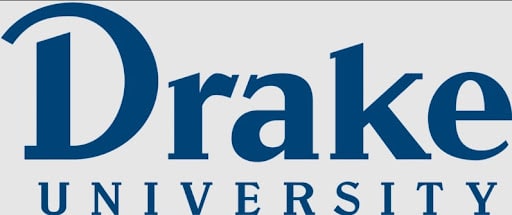Marketing: Four pillars of marketing: Know who matters

After 20 years of writing this column, I’ve decided it’s time to step aside and let someone else share their wisdom. My final four columns will be focused on what I believe are the four most important elements of marketing. Get these four correct and the rest is just details.
The four cornerstones of marketing are:
- Your brand.
- Your audience.
- Giving first.
- Surrounding yourself with the right people.
This week we’ll tackle your audience. This is probably the marketing pillar that is most often mishandled by organizations. We have all of these misperceptions about who we should talk to when it comes to our products or services. Here are some of the biggies.
- The bigger the audience, the better.
- We should invest most of our time and money on talking to prospects.
- If we’ve told them something a couple of times, they will remember it.
- The primary purpose of marketing is to get our audience to buy something.
Let’s tackle those in order and debunk the myths.
The bigger the audience, the better: If you’re Coca-Cola, that might be true. But for the average small to midsized business, it couldn’t be more wrong. First, 95% of the world’s population is never going to be your customer and doesn’t really care about your products or services.
Second, you have limited resources in both time and money. You can’t afford the shotgun approach. You need to be very judicious with your efforts. Think narrow and deep. You want to communicate with the people who can actually pay a dividend.
We should invest most of our time and money talking to prospects: This is absolutely backwards. Our most important audience is our internal team. If they’re not on board, fully informed and inspired, we can never delight our customers or prospects in the long term. They need to know the score and be invited to weigh in, if we’re going to earn their buy-in, loyalty and passion.
From there, we need to talk to our current clients. It’s much easier to get the second dollar than it was to get the first. We’ve earned their attention and their trust. Now we have the opportunity to prove to them that they made a good choice. After those two critical audiences are feeling our love, then we can turn to the prospects.
If we’ve told them something a couple of times, they will remember it: Research shows us that a person needs to be exposed to the same message eight to 13 times before they even register that we’re talking to them at all!
The good news is that you have many channels and different formats to communicate the same message. Remember that your audience members don’t all consume information in the same way. You will want to mix audio, video, written word, and tools like online reviews and testimonials to cement your core messages in the conscious mind of your consumer.
The primary purpose of marketing is to get our audience to buy something: This is why so many marketing tactics are unwelcomed and ignored and actually turn off the prospect. Marketing is about attracting your right-fit clients to you. It’s about demonstrating that you understand their frustrations and worries, and you can be of service, whether they buy something from you or not.
Marketing is about being the first to show your cards. To demonstrate value and insight without expectation of a sale. Someone has to give first, and it turns out it’s us. In next week’s column, we’ll explore what giving first means, what it costs you, and how it pays dividends every single time, as long as you don’t bait and switch.
But marketing’s job is not to sell. It’s to create a relationship where we are relevant and of value. We can’t sell until we accomplish those goals.










